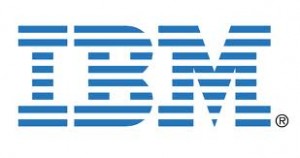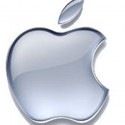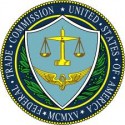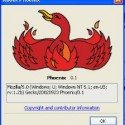September 30, 1889: IBM incorporated – Bundy Manufacturing
Subscribe! Spotify | RSS | More
1889 – The Bundy Manufacturing Co., a maker of time recording equipment, is incorporated in Binghamton, N.Y. Willard L. Bundy created a new type of timeclock for business. Bundy Manufacturing Co. Bundy was acquired by the Computing-Tabulating-Recording Company, Inc. (C-T-R) in 1911. Thirteen years later, the name would change one more time to International Business Machines (IBM).

Subscribe to Day In Tech History:
RSS Feed - iTunes - Android - Spotify - iHeartRadio
Facebook -
- RSS Bandwidth by Cachefly Get a 14 Day Trial
- Join me on Patreon and support Day in Tech History
- Commodore announces the CBM8032
- IE 4.0 is released
- MPAA asks for an injunction of RealDVD

![IBM[1] IBM](https://dayintechhistory.com/wp-content/uploads/2012/09/IBM1-340x250.jpg)






![Kevin-Mitnick-125x125[1] Kevin Mitnick](https://dayintechhistory.com/wp-content/uploads/2012/09/Kevin-Mitnick-125x1251-340x250.jpg)

![FTC-125x125[1] FTC-125x125[1]](https://dayintechhistory.com/wp-content/uploads/2012/09/FTC-125x1251-340x250.jpg)

![iwoz-125x125[1] iwoz-125x125[1]](https://dayintechhistory.com/wp-content/uploads/2012/09/iwoz-125x1251-340x250.jpg)


![ebay[1] eBay](https://dayintechhistory.com/wp-content/uploads/2013/09/ebay1-340x250.jpg)

![Pheonix-125x125[1] Pheonix-125x125[1]](https://dayintechhistory.com/wp-content/uploads/2012/09/Pheonix-125x1251-340x250.jpg)
